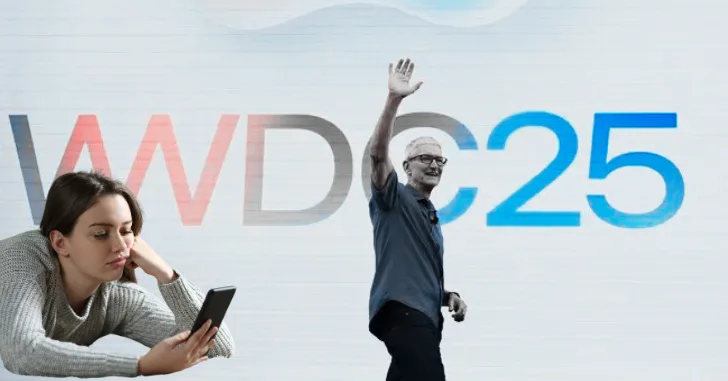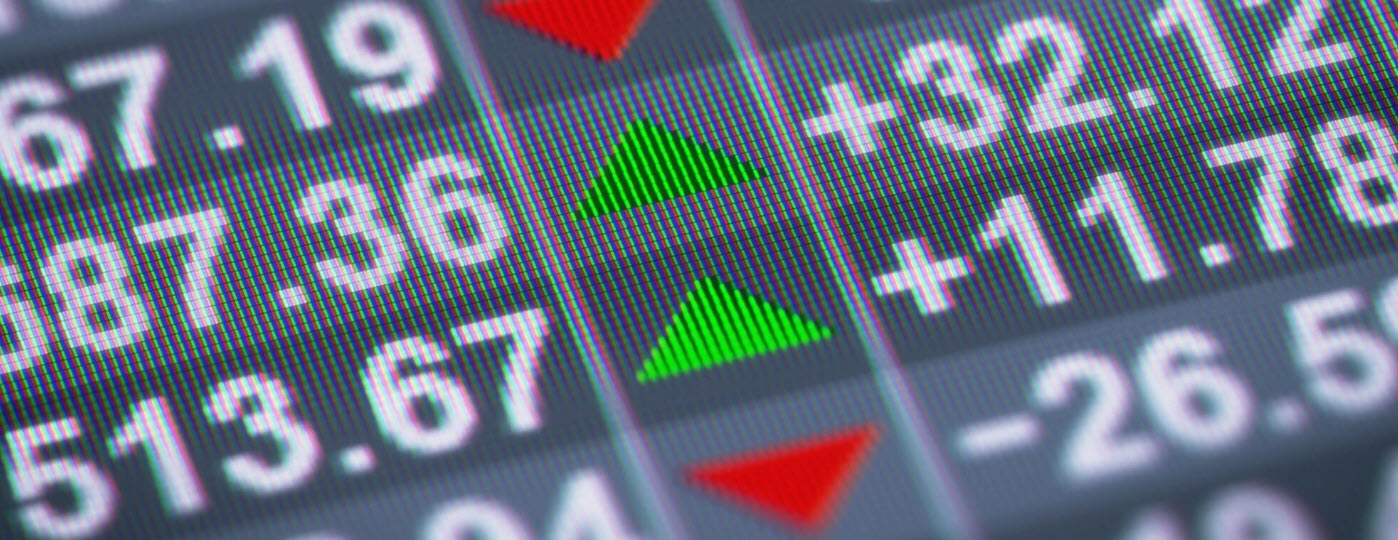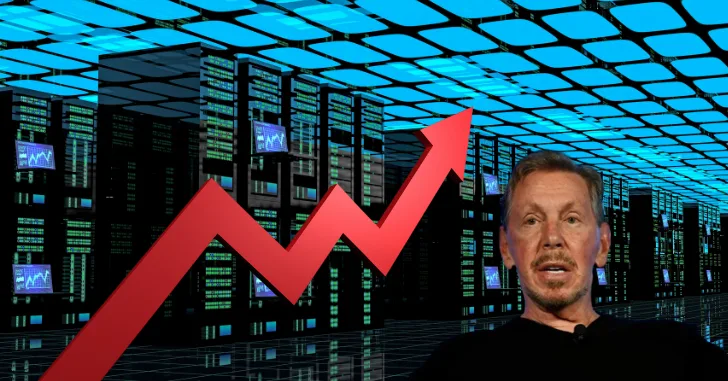On June 9, 2025, Apple took the stage at its Worldwide Developers Conference2025. Investors tuned in, hoping for a bold leap forward—maybe a revamped Siri or a new gadget to justify Apple’s $3.2 trillion valuation. Instead, they got a slick new look called Liquid Glass and a handful of software tweaks, but no game-changing AI breakthroughs or hardware reveals. The result? A 1.21% dip in Apple’s stock price and a flurry of chatter on X questioning whether the company’s still got its edge. For investors, WWDC 2025 raised a pressing question: is Apple’s stock still a buy, or is the tech giant coasting on its laurels? Let’s unpack what happened, what it means for Apple’s market position, and where your portfolio stands.
A New Look, But Is It Enough?
Apple kicked off WWDC with a big reveal: a design overhaul dubbed Liquid Glass, rolled out across iOS 26, iPadOS 26, macOS 26 (named Tahoe), watchOS 26, tvOS 26, and visionOS 26. Picture translucent menus, glassy animations, and a cohesive vibe inspired by the Vision Pro’s spatial interface. Mark Gurman at Bloomberg called it a “bold redesign with digital glass” and an emphasis on “light and transparency.” It’s a visual statement, no doubt, meant to keep Apple’s products looking premium and fresh.
But not everyone’s sold. Some analysts, like those at The Verge, pointed out that Liquid Glass feels like a rehash of visionOS, stretched across other devices without much new thinking. Over on X, folks drew parallels to Microsoft’s Windows Vista, with Creative Bloq noting, “The glassy aesthetic feels like a 2007 throwback.” For investors, this raises a red flag. Apple’s hardware—iPhones, iPads, Macs—drives 78% of its $383 billion 2024 revenue, and a snazzy UI could spark upgrades if it wows consumers. But if users see it as style over substance, it might not move the needle on sales. Worse, developers now face the hassle of redesigning apps to match this aesthetic, potentially hiking costs without guaranteed returns.
Why does this matter to you? Apple’s premium brand commands a 23% valuation premium over peers like Microsoft, per Morningstar. If Liquid Glass flops—or worse, alienates users—it could dampen hardware demand, putting pressure on that lofty 31 P/E ratio. Keep an eye on early iOS 26 adoption rates this summer to see if the redesign’s a hit or a miss.
The AI Letdown: Where’s Siri 2.0?
If there was one thing investors wanted from WWDC, it was a big AI push. Apple Intelligence, launched in 2024, was supposed to be the company’s answer to Google’s Gemini and OpenAI’s ChatGPT. Hopes were high for a smarter Siri or generative AI features to rival the competition. Instead, Apple hit pause. Gurman described it as a “gap year” for AI, with the company focusing on open-sourcing backend models and tossing in small fries like an AI-powered battery tool and Health app upgrades.
The reaction was swift. TechCrunch called the approach “conservative,” while Tom’s Guide lamented, “The absence of a Siri 2.0 or transformative AI features feels like a missed opportunity.” On X, analyst @Jukanlosreve didn’t hold back, dubbing Apple’s AI efforts “an empty promise.” Another user, @Gaal_ai, warned that Apple’s “falling behind in the AI race.” The market echoed the sentiment: Apple’s stock slid 1.21% post-keynote, per CNBC, with Meritz Securities’ Yang Seung-soo noting, “The event was about OS reorganization, not transformative tech.”
For investors, this is a problem. AI is the tech world’s hottest ticket, driving valuations for Nvidia ($2.9 trillion, P/E 68) and Microsoft ($3.1 trillion, P/E 36). Apple’s cautious stance—prioritizing privacy and on-device processing—might score points with regulators, but it’s not exciting Wall Street. Open-sourcing AI models could draw developers to Apple’s ecosystem, boosting the services segment (19% of 2024 revenue, $74 billion). But without consumer-facing AI breakthroughs, there’s no clear path to new revenue streams like premium AI subscriptions. Meanwhile, Samsung’s Galaxy AI and Google’s AI wearables are stealing the spotlight. If Apple doesn’t step up by its fall event, that $3.2 trillion valuation could start looking shaky.
Software Updates: Small Wins, Big Potential?
Beyond the glitzy UI, WWDC delivered a slew of software updates. Apple ditched version numbers like iOS 19 for year-based names (iOS 26, macOS 26), a move Gurman says allows more frequent updates. The real standout was iPadOS 26, which overhauled multitasking to feel more like a Mac. The Verge called it “intuitive and powerful,” while Engadget noted it makes iPads “more laptop-like than ever.” For investors, this is a bright spot. iPads, especially high-margin Pro models ($1,200 ASP), could see a sales bump if users treat them as laptop replacements.
Other updates were less flashy. A new Games app for iOS 26 and iPadOS 26 aims to rival Steam, potentially juicing App Store revenue (30% commission). Messages got polls, AirPods added live translation, and watchOS 26 brought sleep apnea detection. TechRadar summed it up: “fun but not revolutionary.” These tweaks strengthen Apple’s ecosystem—2.2 billion active devices strong—but they’re not game-changers. Still, the services segment, with its 65% gross margin, could see steady growth from in-app purchases and subscriptions like Fitness+ and iCloud.
For your portfolio, these updates are a mixed bag. iPadOS 26 could drive hardware and services revenue, but the lack of bold features might not sway users to upgrade. Watch Q3 2025 earnings for signs of services growth, which could offset hardware cyclicality.
No Hardware, No Surprises: A Risky Play
Investors hoping for an AirTag 2 or M4 Ultra MacBook Pro, as MacRumors speculated, left WWDC empty-handed. The software-only focus left some grumbling, with @tiedtiger on X giving the keynote a 6.5/10 for “no wow factor.” @TradersCom tied the stock dip to an “underwhelming AI focus,” while @gaurav_mahto18 quipped that Apple’s “coasting on vibes.” No new gadgets mean Apple’s betting on its current lineup—iPhone 16, M4 Macs, Vision Pro—to carry it through 2025.
This is a gamble. Hardware drives 78% of revenue, and competitors like Samsung (foldables) and Google (AI wearables) are innovating faster. Apple’s 50% customer retention rate is a strength, but without fresh products, it risks losing share in premium markets. The Nasdaq’s 12% year-to-date gain (as of June 2025) outpaces Apple’s stock, hinting at investor impatience. Track pre-order data for the iPhone 17 this fall to see if Apple can reignite growth.
Market Context: Where Apple Stands
Apple’s $3.2 trillion market cap still dwarfs peers, but its 31 P/E demands consistent growth. Microsoft and Nvidia are riding AI to higher valuations, while Apple’s playing catch-up. The services segment, growing 14% in 2024, is a bright spot, but hardware remains the engine. If Liquid Glass doesn’t drive upgrades or AI lags further, Apple’s stock could underperform. X sentiment, with hashtags like #WWDC2025 and analysts like @markgurman, offers real-time clues on market mood.
Investor Takeaways
- Hold, Don’t Panic: Apple’s $250 billion cash pile and 15% free cash flow margin provide a buffer. The stock dip is a blip, but AI progress is critical.
- Watch Services: iPadOS 26 and the Games app could boost services revenue, a high-margin hedge against hardware slowdowns.
- Competitive Pressure: Samsung and Google’s AI gains threaten Apple’s 20% smartphone share (IDC). Monitor market share data from Counterpoint Research.
- Next Catalyst: The fall 2025 iPhone event could unveil AI upgrades or M5 chips. A Vision Pro price cut (1 million units sold) might also spark demand.
What’s Next for Apple?
WWDC 2025 was a reality check. The Liquid Glass UI and iPadOS 26 show Apple’s still got polish, but the AI miss and no-show hardware left investors wanting more. The company’s privacy-first AI approach might pay off long-term, but Wall Street wants results now. Come fall, expect the iPhone 17 or new Macs to take center stage. If Apple delivers a Siri overhaul or AI-driven features, it could justify that premium valuation. If not, competitors might start chipping away.





